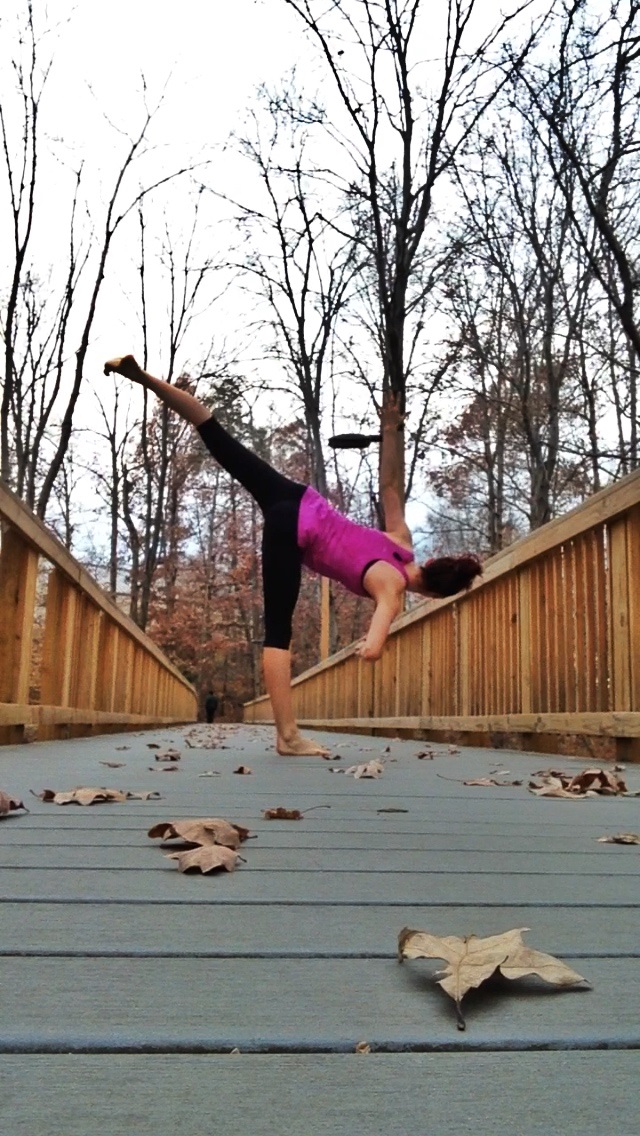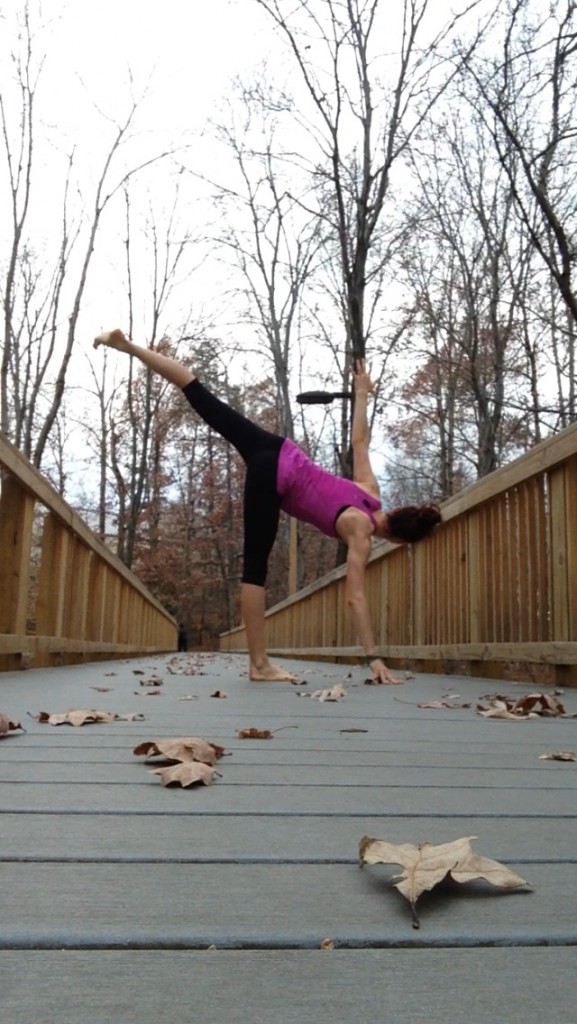Due to Instagram and Tumblr posts, many believe yoga is all about putting your legs around your face, standing on your hands, or balancing on your head. It seems only the incredibly flexible, or those desiring to be, should practice yoga. These ideas are common misconceptions.
Yoga poses force concentration. The serenity from this concentration discovered in yoga follows you off the mat. It can allow you to discover a deeper sense of power within yourself. For example, when you are strength training. The calm state of mind allows you to function without worrying about injuring yourself because you have learned how to be aware of your body by listening to your body in yoga classes.
The flexibility benefits of yoga translate perfectly into strength training as well. Yoga classes involve activating your slow-twitch muscle fibers when you’re asked to hold poses. Throughout the progression of class your muscles get warmer. Then you may utilize muscles you may not have known you had. The warmth of the muscles allows you to sink deeper into poses, and increase blood flow.As you stretch, and flow through the movements your body tones and balances. The muscles lengthen but are being activated enough to exert more energy than when they were at rest.
Aside from improving on the yoga mat, you can use the flexibility to improve your performance in the weight room. Most gym users find it difficult to complete a deep squat. Improved flexibility will allow you to deepen a squat because of the flexibility in your hips. Lunges are more effective too because of the flexibility of the hip flexors and ankles.
Before setting up a strength training session following your yoga class, consider poses you may not know about that require a great deal of strength. How long could you hold your body in a tricep pushup position, elbows touching your sides, arms creating a 90 degree angle? How long can you balance on one leg, no matter what your arms or other leg are doing? Then, do it again. Simple poses can be difficult, and it’s not unlikely to work up a bit of a sweat in a yoga class. Instead of stacking strength training and yoga back to back, both should be completed separately. Since current research shows too loose or warm muscles (like after yoga) would make your immediate lifting session less effective. Aside from being too relaxed to offer a full power push, some yoga poses are actually quite intense, and could hinder your strength training performance.
Don’t just take my word for it. Tracy and Hart (2013) found that, “Yoga subjects exhibited increased deadlift strength, substantially increased lower back/hamstring flexibility, increased shoulder flexibility, and modestly decreased body fat when compared with a control group.”
Sweat or no sweat, the self reflection period at the closing of a class leaves any yogi with a new awareness of themselves. An optimum collision of strength, flexibility, and soul saturating success.
Tracy, B., & Hart, C. (2013). Bikram Yoga Training and Physical Fitness in Healthy Young Adults. Journal of Strength and Conditioning Research, 822-830.
More Reads:
http://life.gaiam.com/article/can-yoga-replace-strength-training
http://www.bodybuilding.com/fun/yoga_bodybuilding_benefits.htm


